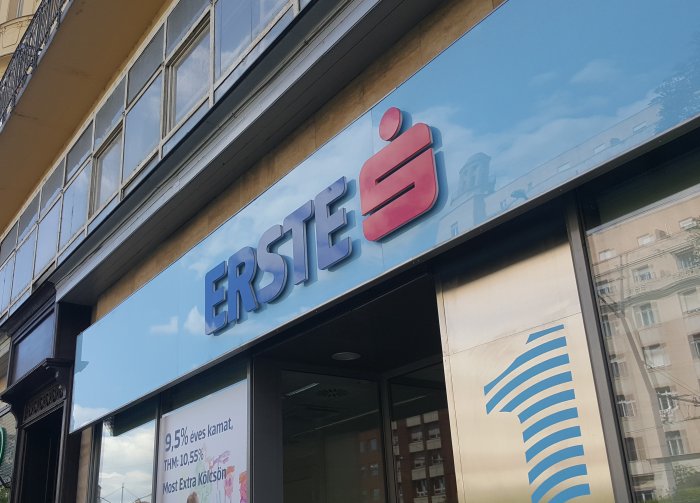ESG Compatibility: The Future of the Real Estate Market

Photo by one photo / Shutterstock.com
A paradigm shift in real estate development, rising vacancy rates, tenant caution and a change in the function of facilities are expected in the real estate market in the coming years. Valter Kalaus, managing partner of Newmark VLK Hungary, said, giving an insight behind the "office market curtain" when he spoke about the tenant-facility manager movements, the HR significance of offices, and building function changes at this year's last committee meeting of the AmCham Workspace and Facilities Management Committee.
At the committee meeting, it was discussed, among other things, that the office stock has increased in recent years, exceeding 4 million sqm in Budapest. The most popular location in the capital is the corridor at Váci út, which accounts for 25-27% of the market. During the meeting, Zsolt Kákosy, chairman of the Committee and Senior Director of Property Management at Icon Real Estate Management, thanked the members for their work throughout the year and outlined the professional plans of the committee for 2024.
At the same time, the vacancy rate is also on the rise, currently at around 13.2%. By 2024, this rate could rise further to 14-15%, which is a healthy level given the cyclical nature of the market, but still far below the over 25% seen during the 2008 economic crisis.
The expert also reviewed the changes in tenants' expectations and needs, as well as in facility managers' attitudes: a fully tenant-driven market prevails. Tenants are clearly looking for security and are less and less willing to move. Landlords are increasingly expected to be flexible, and those who can be flexible have a clear competitive advantage. In this situation, the role of property and facility managers is also becoming more important, as with the right expertise they can make a significant difference to utility consumption and operating costs, which, in addition to ESG considerations, can improve the position of tenants and the rentability and competitiveness of the building.
Offices that meet the requirements also serve as an HR tool, and green workspaces have become very important too. Tenants are becoming more sophisticated and conscious in this regard, and there is a high demand for ESG and corporate-compliant facilities. Since 2016, the green office stock has been growing, increasing from 35% then to 46% in 2023. These facilities also play an important role in serving employees well, acting as a common space and meeting point.
"ESG compatibility will be crucial in the future. Currently, ESG-compliant office buildings represent only 10-15% of the total supply. For new commercial buildings, this is a basic requirement. However, the majority of office buildings are older, outdated, and in need of modernization, and there is a shortage of quality office space. Even with redevelopment, they do not meet the requirements. For these, the solution may be to change the function and the reposition of the properties in the portfolio. The change of function could be for example hotel, residential, dormitory or worker housing", said Valter Kalaus.
SUPPORT THE BUDAPEST BUSINESS JOURNAL
Producing journalism that is worthy of the name is a costly business. For 27 years, the publishers, editors and reporters of the Budapest Business Journal have striven to bring you business news that works, information that you can trust, that is factual, accurate and presented without fear or favor.
Newspaper organizations across the globe have struggled to find a business model that allows them to continue to excel, without compromising their ability to perform. Most recently, some have experimented with the idea of involving their most important stakeholders, their readers.
We would like to offer that same opportunity to our readers. We would like to invite you to help us deliver the quality business journalism you require. Hit our Support the BBJ button and you can choose the how much and how often you send us your contributions.










